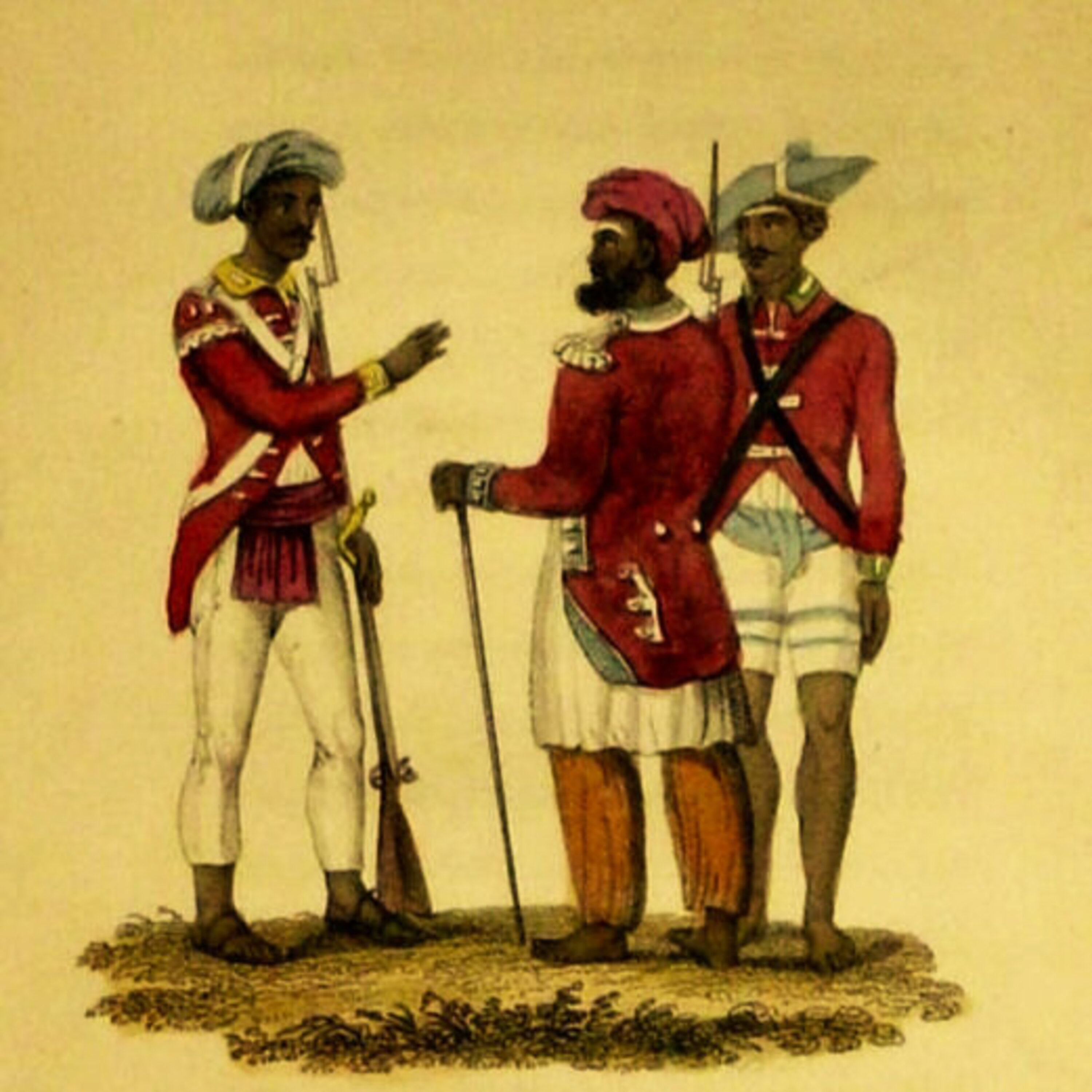- Culture
- SEE MORE
- classical
- general
- talk
- News
- Family
- Bürgerfunk
- pop
- Islam
- soul
- jazz
- Comedy
- humor
- wissenschaft
- opera
- baroque
- gesellschaft
- theater
- Local
- alternative
- electro
- rock
- rap
- lifestyle
- Music
- como
- RNE
- ballads
- greek
- Buddhism
- deportes
- christian
- Technology
- piano
- djs
- Dance
- dutch
- flamenco
- social
- hope
- christian rock
- academia
- afrique
- Business
- musique
- ελληνική-μουσική
- religion
- World radio
- Zarzuela
- travel
- World
- NFL
- media
- Art
- public
- Sports
- Gospel
- st.
- baptist
- Leisure
- Kids & Family
- musical
- club
- Health & Fitness
- True Crime
- Fiction
- children
- Society & Culture
- TV & Film
- gold
- kunst
- música
- gay
- Natural
- a
- francais
- bach
- economics
- kultur
- evangelical
- tech
- Opinion
- Government
- gaming
- College
- technik
- History
- Jesus
- Health
- movies
- radio
- services
- Church
- podcast
- Education
- international
- Transportation
- Other
- kids
- podcasts
- philadelphia
- Noticias
- love
- sport
- Salud
- film
- and
- 4chan
- Disco
- Stories
- fashion
- Arts
- interviews
- hardstyle
- entertainment
- humour
- medieval
- literature
- alma
- Cultura
- video
- TV
- Science
- en
094: Colonialism in India - Part 9: The Causes and Impact of the Revolt of 1857

The Revolt of 1857 is also known by other names such as The Sepoy Mutiny, The Indian Mutiny, The Great Rebellion, The Indian Insurrection, India’s First War of Independence.
Political Causes:
Doctrine of Lapse
Cancelling of Nana Sahib’s pension (Bajirao II)
Not letting Rani Lakshmi Bhai rule Jhansi
Abolish the Mughal Emperor title after the death of Bahadur Shah II
Economical Causes:
India was turned into a colonial economy to serve the British capitalist interests
High taxes, eviction of people, discriminatory practices, and destruction of traditional handicrafts
Social and Religious Causes:
Sati, infanticide, re-marriage of widows were considered to be interference by the Indians
The work of the Christian missionaries and the introduction of English education
The change of the Hindu law of property to accommodate conversion to Christianity
Military Causes:
The Indian soldiers were considered inferior
The high ranks in the army were exclusively reserved for English men
Sending Indian soldiers overseas
Immediate Cause:
The introduction of the Enfield rifle and the greased cartridge
Timeline:
On 29th March 1857, a sepoy called Mangal Pandey killed his superior English officers during a parade in Barrackpore, Bengal.
It spread to Berhampore on 24th April 1857 where the cavalrymen refused to accept the greased cartridges.
On 10th May 1857, Mutineers killed their superiors in Meerut and started marching towards Delhi.
On 12th May, Bahadur Shah was proclaimed the Emperor of India. He was 81. But the real command was in the hands of Bakht Khan who led the troops in Bareilly and moved them to Delhi.
Nana Sahib led the troops in Kanpur. He proclaimed himself to be the Peshwa and governor of the region. It was Tantya Tope who did most of the fighting there.
Hazrat Mahal, the Begum of Awadh led the revolt in Lucknow. She proclaimed her song Birjis Qadr as the Nawab of Awadh.
It is in Lucknow where Sir Henry Montgomery Lawrence (the British resident) was killed.
Rani Laxmi Bai was defeated in Jhansi, but she captured Gwalior with the help of Tantya Tope.
In Bareilly, Khan Bahadur Khan Rohilla led the revolt and proclaimed himself as the Nawab.
Banaras, Allahabad, Nasirabad, Indore, Aligarh and Kota where the other centres of the battle were the mutineers killed their superiors, not even sparing women or children, burned the land records, plundered the treasury.
Bahadur Shah II proved to be a weak leader and the Britishers were able to suppress the revolt soon enough. He was arrested and deported to Rangoon where he died in 1862.
They recaptured Delhi on 20th September 1857 under the leadership of John Nicholson.
General Havelock defeated the rebels in Kanpur.
After his defeat, Nana Sahib refused to surrender and escaped to Nepal.
Hugh Henry Rose suppressed the revolt in Jhansi and Rani Laxmi Bai died on the battlefield.
Banaras, Bareilly, and Gwalior were recaptured by the Britishers.
Why did the revolt fail?
It was a highly localised revolt mainly restricted to North India.
It was poorly organised and the leaders lacked coordination.
Scindia of Gwalior, the Nizam of Hyderabad, the Holkar of Indore, the Nawab of Bhopal, the Raja of Jodhpur, the Rulers of Kashmir, Patiala, and Sindh, and the Rana of Nepal actively support the British during the revolt.
The British had way better and advanced resources and also proven generals leading their troops.
There was no common cause for the rebels, they had different goals.
Impact of the Revolt:
The Queen’s Proclamation of November 1858 announced the policy of the British Government to be followed in India.
It abolished territorial extension, the native rulers were assured of their title, land and rights, and honour if they cooperated with the British.
The ruler's right to adopt a child in the case of the absence of a natural heir was accepted.
The policy of divide and rule was actively pursued to keep the Hindus and Muslims separated leading to the gro
See omnystudio.com/listener for privacy information.